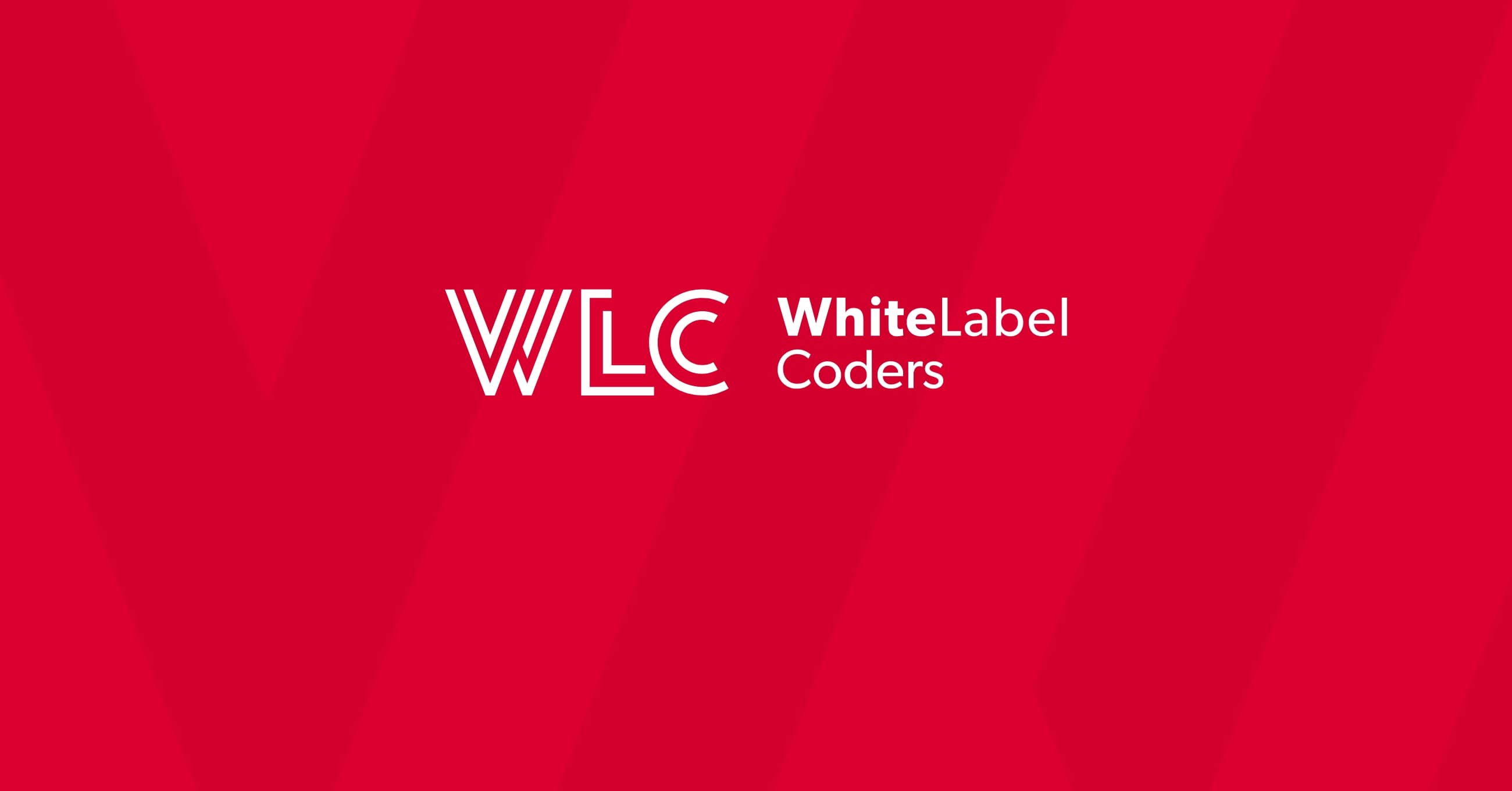Category: SEO AI
How do I setup a custom domain in WordPress?

Setting up a custom domain in WordPress involves purchasing a domain name, configuring DNS settings to point to your hosting provider, and updating your WordPress site settings. You’ll need to access your hosting control panel, modify nameservers or DNS records, and then update your WordPress URL settings in the admin dashboard. The process typically takes 24-48 hours for full propagation, after which your site will be accessible through your custom domain name.
Understanding custom domains in WordPress
A custom domain transforms your WordPress site from a generic hosting URL into a professional web address that reflects your brand. Think of it as your digital street address – it’s how visitors find and remember your site.
Custom domains play a crucial role in establishing credibility and improving search engine optimisation. When you use a domain like “yourcompany.com” instead of “yourcompany.hostingprovider.com”, you’re telling both users and search engines that you’re serious about your online presence.
The setup process involves three main components: domain registration, DNS configuration, and WordPress settings adjustment. Each step works together to ensure your visitors can access your site seamlessly through your chosen domain name.
What is a custom domain and why do you need one for WordPress?
A custom domain is a unique web address that you own and control, such as “yourbusiness.co.uk” or “mycompany.com”. Unlike subdomains provided by hosting companies, custom domains give you complete ownership and branding control.
The difference between subdomains and custom domains is significant. Subdomains like “yoursite.wordpress.com” or “yoursite.hostingcompany.com” include the provider’s branding, whilst custom domains showcase only your brand. This distinction matters enormously for professional credibility.
Professional benefits include enhanced trust from visitors, improved brand recognition, and better email addresses using your domain. From an SEO perspective, custom domains help establish domain authority and make it easier for search engines to associate content with your brand.
For businesses requiring sophisticated WordPress solutions, including multilingual sites or complex e-commerce platforms, a custom domain becomes even more essential as it supports advanced configurations and integrations that professional WordPress customisation often requires.
How do you connect a custom domain to your WordPress site?
Connecting a custom domain requires coordination between your domain registrar and hosting provider. The process begins with purchasing your desired domain from a registrar like Namecheap, GoDaddy, or Google Domains.
Once you’ve secured your domain, access your hosting provider’s control panel (cPanel, Plesk, or custom dashboard). Look for the “Domains” or “Add Domain” section where you’ll input your new domain name. Most hosting providers offer step-by-step wizards to guide you through this process.
The connection happens through nameserver configuration. You’ll either point your domain’s nameservers to your hosting provider’s nameservers, or configure specific DNS records. Your hosting provider typically provides these details in their documentation or support area.
After adding the domain in your hosting control panel, you’ll need to wait for propagation – the process where DNS changes spread across the internet. This usually takes between 4-24 hours, though it can occasionally take up to 48 hours.
What DNS settings do you need to configure for WordPress?
DNS configuration is the technical backbone that connects your domain name to your WordPress hosting server. The most important record is the A record, which points your domain to your server’s IP address.
Essential DNS records for WordPress include:
- A record: Points your root domain (example.com) to your server’s IP address
- CNAME record: Typically used for “www” subdomain (www.example.com)
- MX records: Required if you plan to use email with your domain
- TXT records: Often needed for domain verification and email authentication
You can configure these records either through your domain registrar’s DNS management panel or through your hosting provider’s DNS zone editor. Many hosting companies provide their own nameservers, which simplifies the process by managing all DNS records in one location.
The key is ensuring your A record points to the correct IP address provided by your hosting company. This information is usually available in your hosting account dashboard or welcome email.
How do you update WordPress settings after adding a custom domain?
After DNS propagation completes, you must update your WordPress configuration to recognise the new domain. This involves changing the WordPress Address (URL) and Site Address (URL) in your admin dashboard.
Navigate to Settings > General in your WordPress admin panel. Update both URL fields to reflect your new custom domain, ensuring you include “https://” if SSL is configured. Save the changes and you’ll likely be logged out automatically.
For sites with existing content, you might need to update internal links and image URLs. WordPress plugins like “Better Search Replace” can help update database references from your old domain to the new one.
Don’t forget to set up proper redirects from your old domain (if applicable) to maintain SEO value and ensure visitors don’t encounter broken links. This is particularly important for established sites with existing search engine rankings.
What are common issues when setting up custom domains in WordPress?
DNS propagation delays cause the most frustration for users setting up custom domains. Even after configuration appears correct, some locations might still show the old site or display DNS errors. This is normal and typically resolves within 24-48 hours.
SSL certificate issues frequently occur when switching to custom domains. Your hosting provider usually needs to generate new SSL certificates for your custom domain. Until this completes, visitors might see security warnings.
Redirect loops happen when WordPress settings conflict with server configurations. This often occurs when the WordPress URLs don’t match the actual domain configuration, causing endless redirects between different versions of your site.
Mixed content warnings appear when your site loads some resources over HTTP and others over HTTPS. This typically requires updating hardcoded URLs in your database or theme files to use HTTPS consistently.
How do you verify your custom domain is working correctly?
Testing your custom domain setup ensures everything functions properly before announcing the change to users. Start by accessing your site through the new domain in an incognito browser window to avoid cached results.
Check that your SSL certificate is working by looking for the padlock icon in your browser’s address bar. Click on it to verify the certificate matches your domain name and hasn’t expired.
Test key functionality including:
- Homepage loading correctly
- Internal navigation and menu links
- Contact forms and interactive elements
- Admin dashboard access
- Image and media file loading
Use online tools like “What’s My DNS” to verify your DNS records have propagated globally. This helps identify if certain geographic regions are still seeing old DNS information.
Key takeaways for successful WordPress custom domain setup
Successful custom domain setup requires patience and attention to detail. Plan the process during low-traffic periods to minimise impact on users, and always backup your site before making changes.
The essential steps include purchasing your domain, configuring DNS records, updating WordPress settings, and thoroughly testing functionality. Each step depends on the previous one, so rushing through the process often creates more problems than it solves.
For complex WordPress installations involving custom development, e-commerce functionality, or multilingual configurations, consider working with experienced developers who understand the intricacies of domain setup alongside advanced WordPress features. Professional guidance becomes particularly valuable when dealing with enterprise-level sites or custom applications that require specific server configurations.
Remember that domain setup is just the beginning – ongoing maintenance includes monitoring SSL certificate renewals, keeping DNS records updated, and ensuring your domain registration doesn’t expire unexpectedly.

